Oxford United: Club seeks move from the 'cursed' Kassam Stadium
- Published
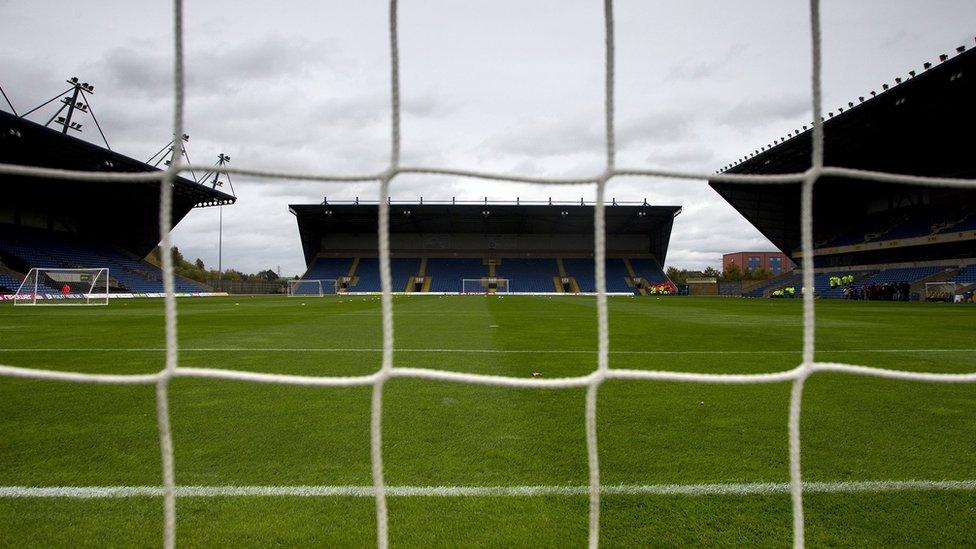
Oxford United will need to leave the Kassam Stadium by 2026 when its lease runs out
When Oxford United's Kassam Stadium finally opened after years of delays in 2001, the Bishop of Oxford's spokesman had to deny on BBC Radio 4's Today programme that he had performed an exorcism in an attempt to lift a curse on the site.
The Right Rev Richard Harries - now Baron Harries of Pentregarth - had conducted a ceremony but it was only a blessing.
His spokesman, Richard Thomas, said: "What the bishop did was what many clergy do, which is bless the ground. He used a prayer which said: 'Bless this place and protect it from evil.'"
Some Oxford fans might have wondered since then if the club's stay at the stadium - which they will need to move from by 2026 - might have been cursed from the start.
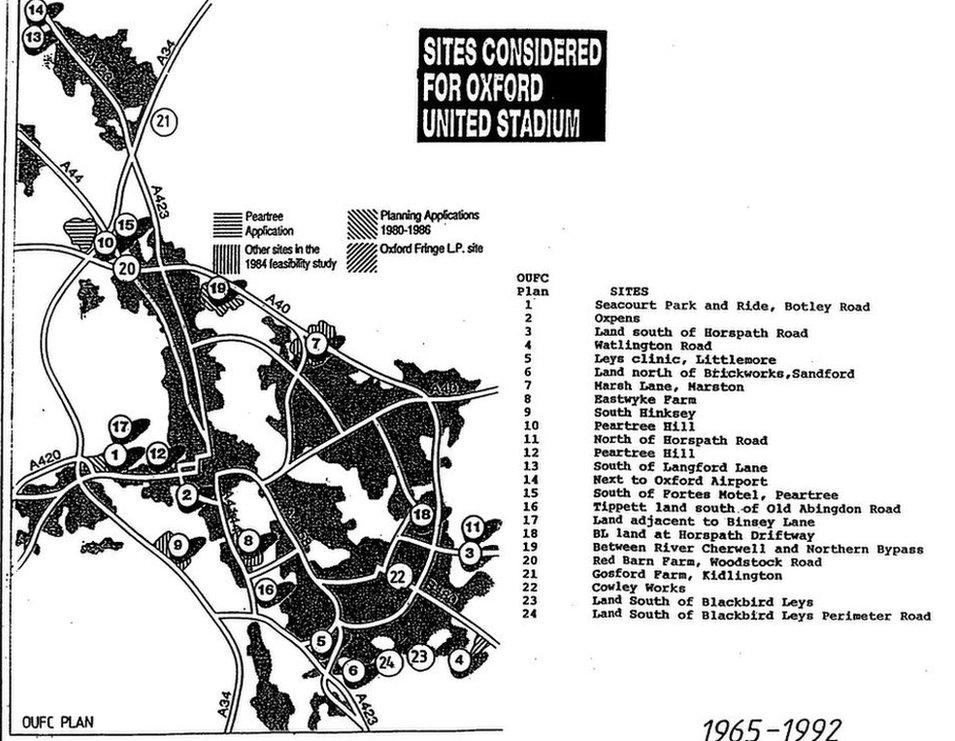
The sites across the city were considered by Oxford United as alternatives to their Manor Ground from 1962 until the early 1990s
The club had wanted to move from the atmospheric but dilapidated Manor Ground in the Headington area of the city since the 1960s. Oxford City Council documents show that 24 sites had been considered.
The need to build a new stadium became critical in the aftermath of the the Hillsborough disaster in April 1989 and the Taylor Report in January 1990, which recommended all-seater grounds.
John Huddleston, from T'Manor podcast, said the Manor was a "spiritual home that supporters look back to".
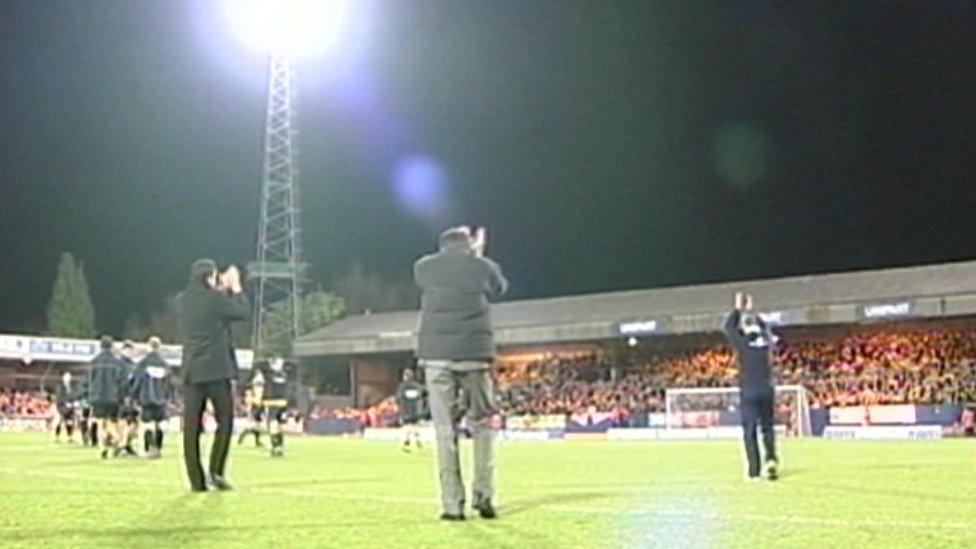
Oxford United staff and players thank fans for their support at the last game at the Manor Ground - a 1-1 draw against Port Vale - in May 2001
"It had an aura. It was a classic, compact stadium. You could have reached out and touched the players. It had the ability to make the atmosphere go from 0-100," he said.
The club announced it wanted to build a new stadium off Watlington Road, in the south of Oxford, in 1992. But that was vetoed by the government because it would have been built on the city's green belt.
In late 1993, the club then said it wanted to build another ground in Sandy Lane in Blackbird Leys, near the Watlington Road site. Residents were opposed and that failed too.
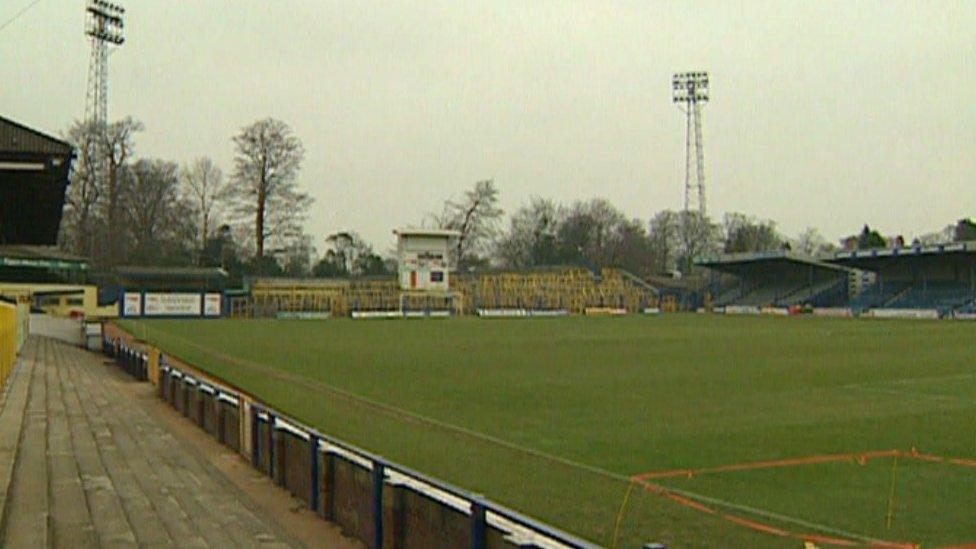
The Manor "had the ability to make the atmosphere go from 0-100", John Huddleston said
Following further discussions with the council, a site at Minchery Farm, between Blackbird Leys and Littlemore, was identified. Planning permission was given in November 1995 and building started in August 1996.
As club historian Martin Brodetsky notes in his book Oxford United: The Complete Record: "To say that the development of the new stadium was beset by problems would be to severely understate the case."
Builders for Taylor Woodrow stopped work after a dispute in December 1996 with two stands' steel supports in place. A third had concrete terracing installed and footings had been laid for a fourth.
Work only continued in 2000 with new contractors after deals were brokered by new owner Firoz Kassam.
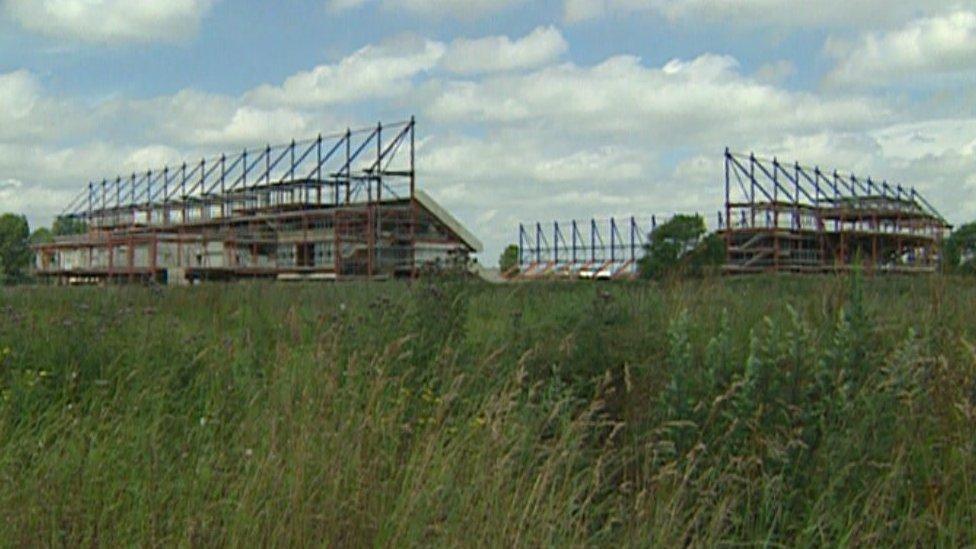
Work on what would become the Kassam Stadium stopped a number of times - and this is how it stood in 1999
Mr Kassam was seen by many fans as the club's saviour, ploughing through multiple legal cases to ensure the stadium could be finished and secure the club's future. He said he named the stadium after himself to prove his long-term commitment to the club.
He also bought the Manor Ground for £6m in 2001 and then sold in onto developers for £12m in 2002. A private hospital now stands on the site the club - including back when it was called Headington United - played at for 76 years from 1925.
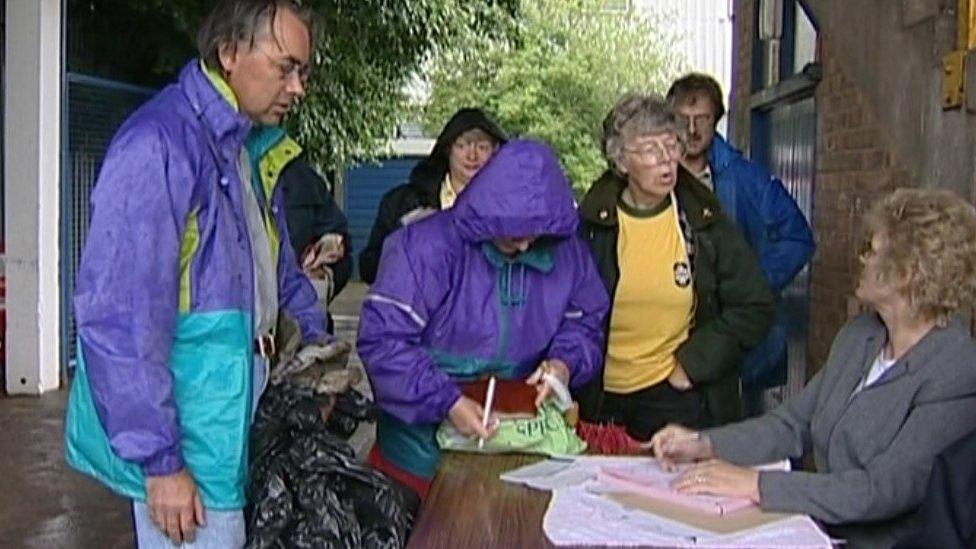
Oxford fans were able to pay for their own slice of the Manor's turf before it was demolished
But the Kassam Stadium infamously has just three stands. The planned fourth was abandoned to keep total costs down after they hit £15m.
It has also been unpopular with fans. As Liz Brighouse, Oxfordshire County Council's deputy leader, said at a meeting in March, watching football there can be like "being in a wind tunnel".
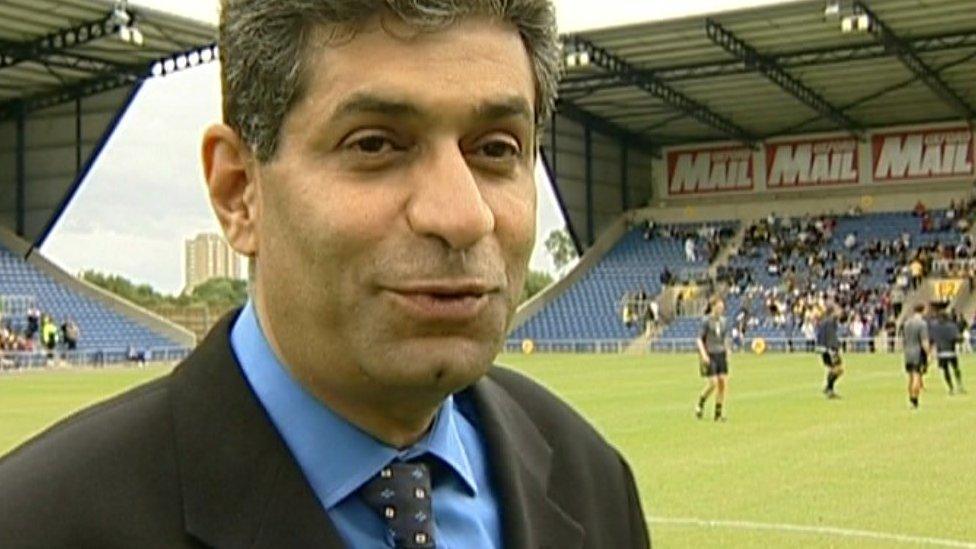
Firoz Kassam was seen as a saviour by many fans and ensured the move to the new stadium took place but the relationship soured
Mr Kassam had retained the stadium's ownership when he sold United on in March 2006 as the club hurtled towards the Conference, England's fifth tier at the time.
The U's re-entered the Football League in 2010 after four seasons in non-league and spent another six years in League Two.
There have been attempts to get the fourth stand built - planning permission was granted for a 735-seat stand in 2016 after United were promoted to League One under the ownership of businessman Darryl Eales - but it was not completed.
Mr Kassam refused to allow it after the club took the stadium company to arbitration over service charges., external
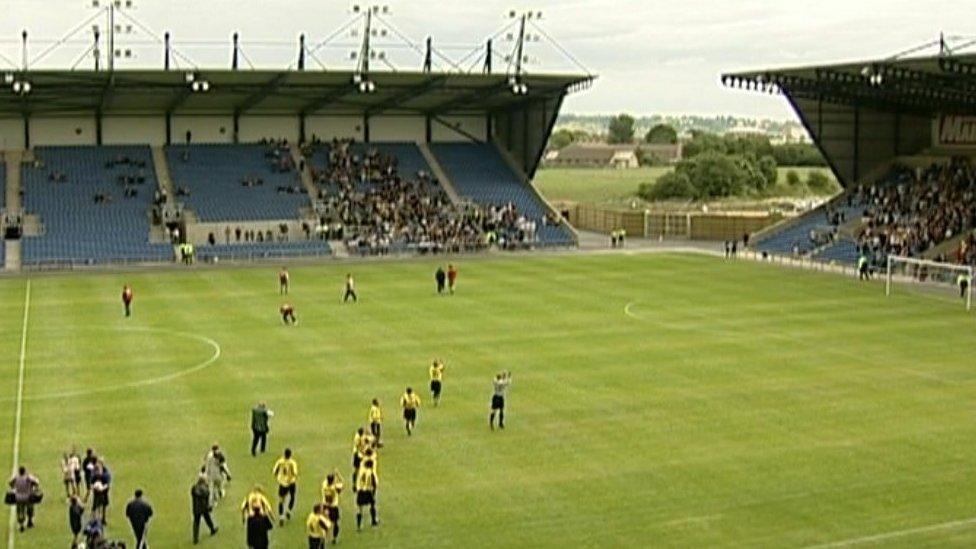
The first Oxford United side to play at the new stadium applaud fans ahead of a friendly versus Crystal Palace. The U's won it after a penalty shoot out
In addition to the football stadium, his company Firoka built a leisure complex, including a cinema, bowling alley and hotel, on land next to the stadium.
Protracted difficulties with the city council over a listed building on the same parcel of land were settled after the authority threatened legal action.
The Priory, a pub in a Grade II listed building in which Mr Kassam unveiled former U's manager David Kemp in 2000, was closed down in 2013 and remains empty. It is owned by Oxford City Council but leased to Firoka.

The Priory - which hosted the unveiling of an Oxford United manager - is a stone's throw away from the ground but remains closed
By September 2018, Mr Kassam said the fraught relationship with club's then owner - and current board member - Sumrith "Tiger" Thanakarnjanasuth was at an "all-time low" because of disagreements over payments due for the stadium's use.
Mr Kassam said the club paid £300,000 a year to use the stadium and told the Oxford Mail that some people were "talking out of their backsides", external by suggesting Firoka was charging up to £1m a year for its use.
The club's lease at the stadium runs out in 2026 and ambitious owners over recent years have formed more cordial relationships with local authorities than some of their their predecessors.
The club has proposed a sports complex, including an 18,000-capacity football stadium, is built on Stratfield Brake, near Kidlington, north of Oxford. Talks with Oxfordshire County Council, which owns the land, the club and other parties that currently use the site, continue.

The U's have enjoyed great nights at the Kassam in recent years, including a 4-0 win against West Ham in the Carabao Cup in September 2019
The club's managing director Niall McWilliams told councillors at a cabinet meeting last month there is "no possibility" that the U's could buy Kassam Stadium or agree a longer lease with its landlord.
He said that any failure to build a new stadium by 2026 could put "the very existence of the club" in doubt.
Paul Peros, from Oxford United supporters' group OxVox, said the proposed new stadium would "massively change" the viability of the club.
He said the current car use of supporters visiting the Kassam Stadium - in the south of the city and about four miles (6.4km) from Oxford rail station - is 90%.
The rate for supporters using the proposed site in Kidlington, about half a mile (800m) away from Oxford Parkway rail station, could be about 10%, he said.

Oxford Parkway train station would be a short walk from the potential new ground at Stratfield Brake
Oxford City Council is likely to support any move the football club wants to make - even if Kidlington is outside its boundaries and in the Cherwell district - given that it wants to proceed with a major building project close to the Kassam Stadium.
It already wants to build the new South Oxford Science Village, which would include 3,000 homes, and could be interested in building on the stadium site if it is no longer needed for football.
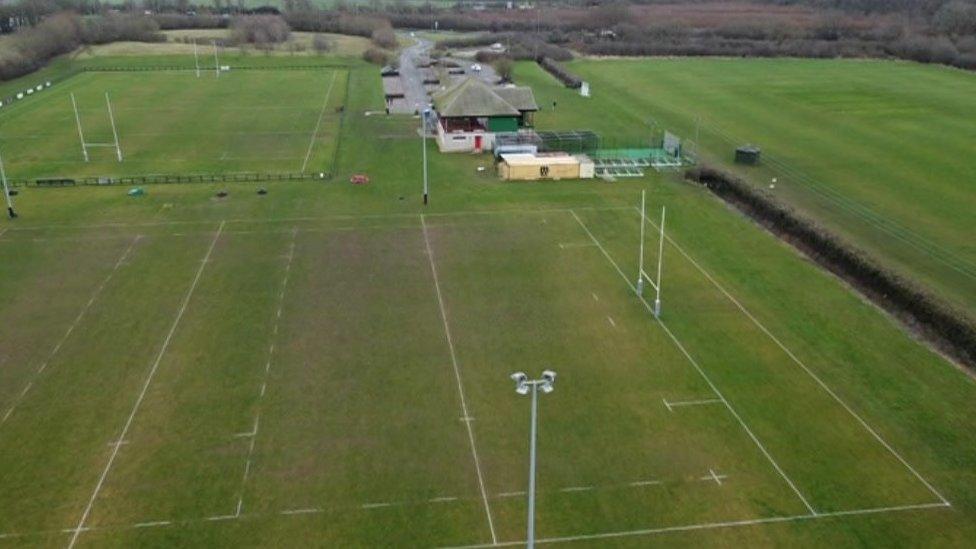
Several Oxfordshire sports clubs already use the Stratfield Brake site
Some are concerned though. Kidlington Green councillor Ian Middleton told the county council's cabinet that it was "misleading" to say the new stadium plan has community support, despite 80% of respondents backing it in a council-run consultation.
Only 38% respondents living in Kidlington, Gosford and Water Eaton said they were in favour of it going ahead.
And some groups argue building on the city's green belt would not be consistent with national planning policy.
But thousands of new homes will be built in Kidlington and in nearby Begbroke and Yarnton after campaigners' attempts to shelve developments there failed.
Oxford United's owners will be hoping their move from the Kassam Stadium will be less protracted than the move into it.

Follow BBC South on Facebook, external, Twitter, external, or Instagram, external. Send your story ideas to south.newsonline@bbc.co.uk, external.
Related topics
- Published15 March 2022

- Published8 March 2022

- Published11 January 2022
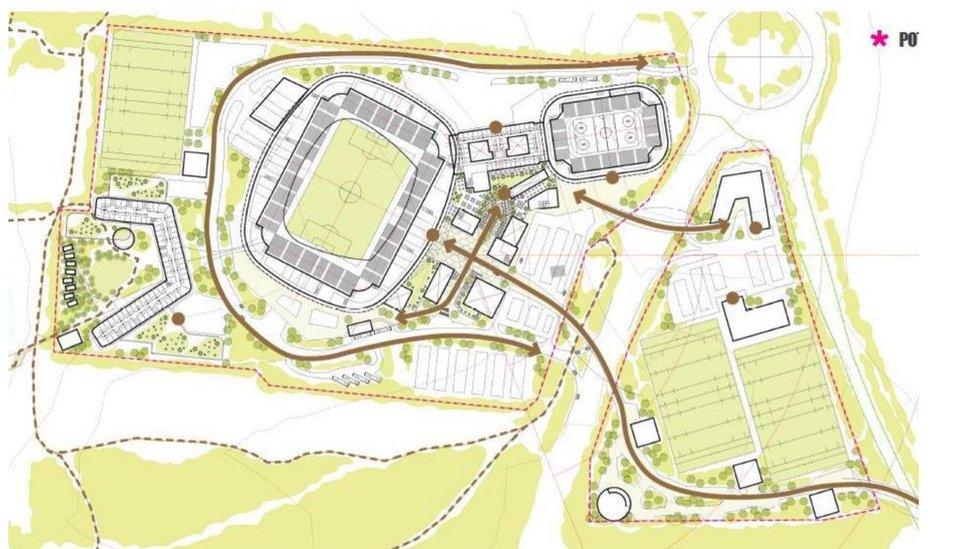
- Attribution
- Published10 January 2022
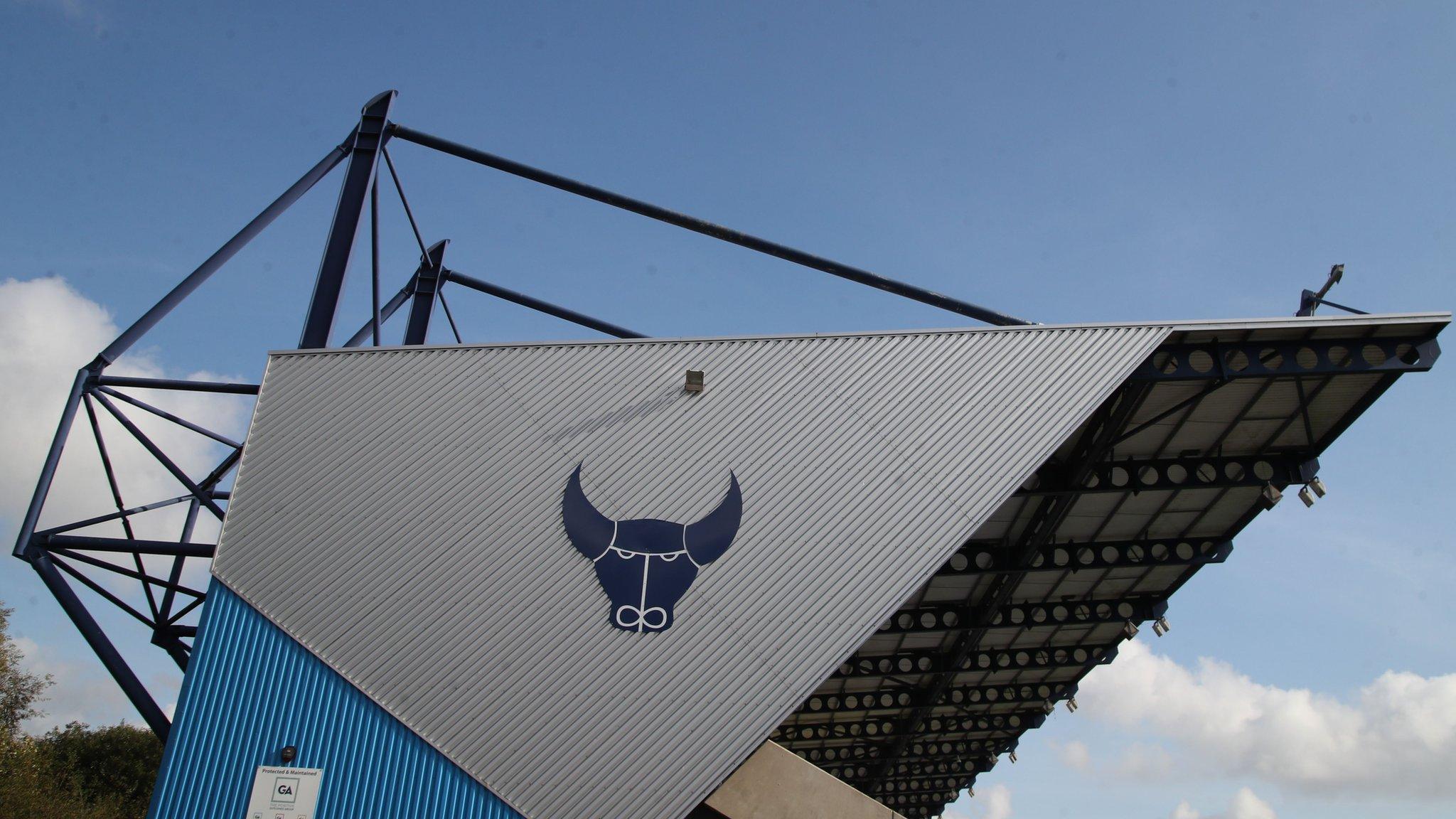
- Published2 August 2021
